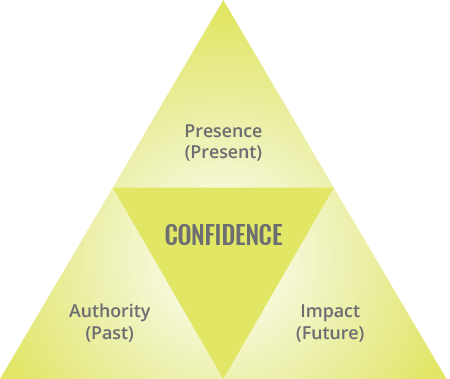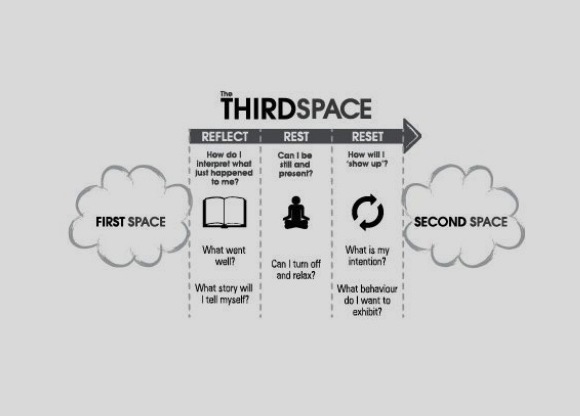The stories we tell ourselves
I was talking recently to close friend who is both one of my mentors and an extremely successful coach and consultant in her own right, about the stories women tell themselves about their own ability.
And how often these stories are not positive.
She shared a tool that can be applied generally to anyone and to any situation – but has specific resonance with women in the workforce. It can be particular useful in situations where someone doubts their ability to perform in a particular situation prior to going into that situation.
“Women have a confidence problem, men think they can do a job even when they can’t. Men can talk up their experience – women need to project and talk up as well..”
(Gender related factors in career progress: March 2007)
Authority, presence and impact model – Professor Peter Hawkins’ Coaching Model
It is often the simple approaches and models which can be most impactful. This model is beautiful in its simplicity; and it goes like this:

Authority (What brings you to the table)
This comes from the past, it comes from what you know, and through what you have achieved and experienced in the past (including academic qualifications, experiences and experience, projects, writing, involvement on bodies and with NFP organisations and boards etc).
Presence (I am here now)
This is the now; and comes through commanding respect; and through relating well to others in the moment. This is about building rapport, being fully present, having passion and enthusiasm and being attentive to others.
Impact (This is the impact I would like to have)
This is in the future; and comes through shifting an agenda or mindset, or through creating an emotional shift.
Using all three elements
As it was explained to me, often we rely on two aspects of the model to the detriment of one; whereas the power and true impact comes from an appropriate use of all three. This is about asking the questions:
- Do you know what you want to be different?
- What impact you want to provoke?
- What you want to create?
Combining this with the Third Space Principles

Taking the time prior to any important meeting, project or event to reflect on the above can be so powerful, particularly when in conjunction with the Third Space principles of:
- How will I show up?
- What is my intention?
- What behaviour do I want to exhibit?
Neither model is time consuming; minutes of well-focused time and thought can be extraordinarily well spent and reap rewards well in excess of the effort expended.
What I love best of all about this approach is that it takes control back – no longer is it about “the stories I am telling myself” but rather, a rationale and clear examination of the situation.
Let’s try this out
Tell me. Has there been a time that you told yourself a story about your ability that was just not true? Would a model like this have helped? How can you use one or both models above?
If you would like to chat about any aspect of this post, the stories you are telling yourself, or how to change your authority, presence and and impact, click here to make a time to chat further.
Until next time, happy leading.

With thanks to “Women in Leadership” Woollard and Pickering for their words on the Peter Hawkins’ model and Adam Frasers’ Third Space image.

